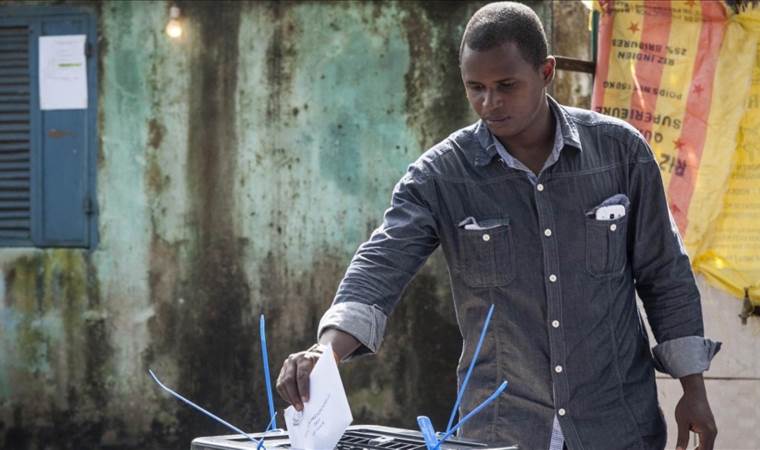Super Bowl fever: Record viewership and spending anticipated
The Super Bowl, the pinnacle of the NFL season, is not only the most-watched event in the U.S. annually but also a significant economic booster, influencing everything from retail and TV rights to stadium tickets and hospitality services.

This year, the National Retail Federation (NRF) forecasts that a record 200.5 million adults in the U.S. will tune in, eclipsing the viewership of historical events like the 1969 Apollo 11 Moon Landing. Alongside this viewership spike, Americans are expected to spend an unprecedented $17.3 billion on the event, averaging $86.04 per person on food, drinks, apparel, and decorations. This spending surge aims to surpass the pre-pandemic record set in 2020.
The Super Bowl ignites a party atmosphere across the nation, with 112.2 million planning to host or attend gatherings and another 16.2 million opting for bars or restaurants. The event's appeal extends beyond football, with 19% of Americans attracted by the halftime show and 18% by the commercials. This year, Usher headlines the halftime performance, continuing the tradition of showcasing global music icons.
As for the game, ticket prices are soaring, with the average cost hitting $9,300 and some premium seats fetching up to $75,000. Las Vegas, the host city, is witnessing a hotel price surge, with five-star accommodations commanding upwards of $1,500 per night.
The Super Bowl's commercial allure remains strong, with a 30-second ad spot priced at $7 million. NBC, CBS, Fox, and soon ABC, alongside streaming on Paramount+, share the broadcasting rights, each paying over $2 billion annually to the NFL through 2032. This year's game not only promises thrilling sports action but also stands as a testament to the Super Bowl's enduring impact on American culture and the economy.
Most Read News
-
 Russia, Ukraine accuse each other of overnight airstrike
Russia, Ukraine accuse each other of overnight airstrike
-
 Israeli prime minister departs for US to meet Trump
Israeli prime minister departs for US to meet Trump
-
 1st phase of Myanmar elections concludes
1st phase of Myanmar elections concludes
-
 Syria announces arrest of ‘terrorist cell’ member in Lat
Syria announces arrest of ‘terrorist cell’ member in Lat
-
 Polish premier condemns Russian strike on Kyiv, urges st
Polish premier condemns Russian strike on Kyiv, urges st
-
 Guineans vote in presidential election with coup leader
Guineans vote in presidential election with coup leader
-
 Cambodia-Thailand border calm for 2nd day following ceas
Cambodia-Thailand border calm for 2nd day following ceas
-
 Illegal Israeli settlers damage Palestinian properties i
Illegal Israeli settlers damage Palestinian properties i








